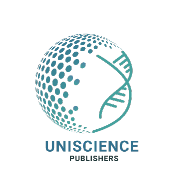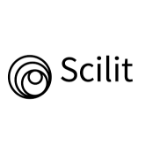The beginning of tobacco, alcohol and psychoactive drug use usually occurs during adolescence, and young people are, due to the specifics of growing up, relative inexperience and a certain youthful propensity to risk, the most vulnerable population group to adopt and develop addictive behavior. It is a well-known fact that drug abuse among children and young people has increased in recent years. Illegal drugs are abused – marijuana, hashish, LSD, amphetamines, ecstasy, heroin, cocaine, but also legal alcohol and tobacco, as well as household substances – glue, gasoline, gas and home pharmacies such as sedatives. The combination of all these substances is not uncommon. Young people start taking drugs very early, most often in high school, sometimes already in primary school, and the transition to high school is especially risky. Children and young people start taking drugs for a variety of reasons: out of a desire to feel like an adult, a desire to fit in and belong to a group, a desire to relax and feel good, a desire to rebel and take risks, out of curiosity. Many experiment with drugs, or take them just to taste, some become occasional or regular users, and some develop addictions. When it comes to traditional drugs such as alcohol and tobacco, many young people will start taking them believing that it is also a socially acceptable way of behaving even if they are aware of the possible harmful effects on health, they believe that, since this is done by a large number of adults, the consequences are not inevitable. Most young people, however, only experiment with various drugs that can be addictive, and during adolescence the habit stops or becomes established as moderate. In a number of cases, abuse develops to the point that it begins to interfere with schooling, family relationships, social life, and productivity in general. Then we talk about addiction.
Substances, Disorders, Addiction, Health













